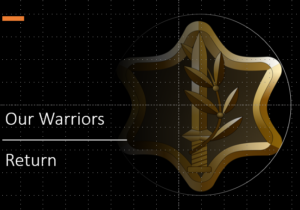PhD Abstract
This dissertation examines whether “the West” acted as a cohesive unit in response to weapons of mass destruction proliferation (WMD) from 1989 – 2005. Adapting organizational psychology’s followership framework I examine if Britain, Australia and Israel accepted the Western leadership antiproliferation goals and if they responded with similar action to WMD proliferation. This analysis helps to determine if the Western alignment acted to attain mutual goals using mutually accepted means in their antiproliferation efforts.
While the examination of each state’s policies can stand as an independent case study in antiproliferation, we further our understanding of alignment cohesion through the followership comparative framework. This framework uses a neo-classical realist systemic structure to analyze constructivist identity within the alignment to determine alignment cohesion. Conclusions regarding antiproliferation efforts, identity and “followership” rely on qualitative analysis based on events data and content analysis.
The central question of this research is: how and why did Western alignment cohesion change in response to proliferation in the post-Cold War? This analysis shows that the unity of purpose between the three “follower” states –Australia, Britain, and Israel – was high at the outset of the post-Cold war period. The evidence and analytic framework indicate that this was because the states accepted the leader’s vision for countering proliferation and maintaining the status quo. The “follower identities” of these states changed significantly throughout the 1989 -2001 period as Britain, Australia, and Israel each sought to redefine the goals and actions of the Western alignment in response to WMD proliferation. The three “follower identities” rose, however, as a result of policy changes by both the leader and the three “followers” after September 11, 2001 – and the subsequent attempts at proliferation by states like Iraq, Iran and North Korea, as well as non-state actors like al-Qaeda. As each of the states became a higher-level follower, the level of “followership” rose within the alignment subsystem signifying cohesion within the subsystem.
This demonstrates the value of the followership paradigm in examining the issue of cohesion in response to proliferation in the post-Cold War. This approach also resolves the tension between realist and constructivist analytic frameworks in the examination of alignments.
Here is an article that was based on some of my research from this time: Followership in the post Cold War



